The International Science Olympiads are a group of worldwide annual competitions in various areas of the formal sciences, natural sciences, and social sciences.
The competitions are designed for the 4-6 best high school students from each participating country selected through internal National Science Olympiads, except the:-
IOL, which allows two teams per country
IOI, which allows two teams from the hosting country
IJSO, which is designed for junior secondary students.
Early editions of the Olympiads were limited to the Eastern Bloc, but later they gradually spread to other countries.
You May Also Like:
Table of Contents
Overview
Each International Science Olympiad aims to promote a career in science, challenge the brightest students from around the world, and compare the various teaching systems of each country.
Although the competitions are aimed at secondary school pupils, the standards of the exams are incredibly high. In several countries, achieving a high ranking in any ISO guarantees access to a university of choice and a fellowship.
For example, the Massachusetts Institute of Technology and the University of Cambridge recruit many ISO medalists yearly to their incoming undergraduate classes.
International Science Olympiads
Science Olympiads are international student competitions. There are 14 commonly recognized International Science Olympiads:
1) International Mathematical Olympiad (IMO)
2) International Physics Olympiad (IPhO)
3) International Chemistry Olympiad (IChO)
4) International Olympiad in Informatics (IOI)
5) International Biology Olympiad (IBO)
6) International Philosophy Olympiad (IPO)
7) International Astronomy Olympiad (IAO)
8) International Geography Olympiad (iGeo)
9) International Linguistics Olympiad (IOL)
10) International Junior Science Olympiad (IJSO)
11) International Earth Science Olympiad (IESO)
12) International Olympiad on Astronomy and Astrophysics (IOAA)
13) International History Olympiad (IHO)
14) International Economics Olympiad (IEO)
1) International Mathematical Olympiad (IMO)
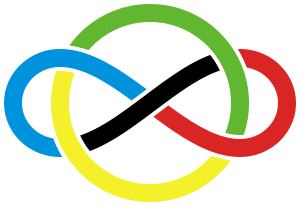
The International Mathematical Olympiad is an annual mathematical olympiad for high school students and is the oldest International Science Olympiad. IMO first held it in Romania in 1959.
Format:
- The contest consists of six problems, each worth seven points for a maximum of 42 points. It is held over two consecutive days, each with 4.5 hours to solve three problems.
- The problems may be classified into Algebra, Combinatorics, Geometry and Number Theory. Calculus is never required but may help solve specific problems. Stationeries, including compasses and rulers, are allowed, but calculators and protractors are not.
- For Malaysian students who want to represent Malaysia, you must go through Selection for IMO through the International Mathematics Olympiad National Selection Test.
2) International Physics Olympiad (IPhO)
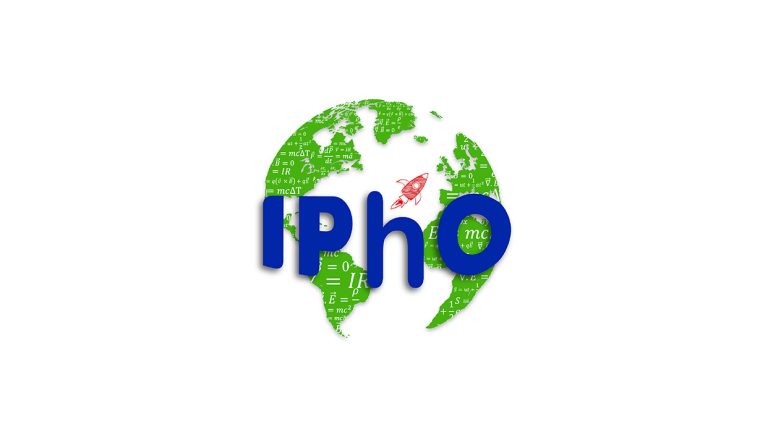
The International Physics Olympiad (IPhO) is an annual competition for high school students that tests their knowledge and understanding of physics.
Each national delegation comprises at most five student competitors plus two leaders selected on a national level. Observers may also accompany a national team.
The students compete individually and must sit for intensive theoretical and laboratory examinations.
Format:
- The competition consists of two examinations which are the theoretical examination and the practical examination.
- The theoretical examination lasts 5 hours and consists of three questions. Usually, these questions involve more than one part.
- The practical examination may consist of one or two laboratory examinations that last 5 hours.
3) International Chemistry Olympiad (IChO)
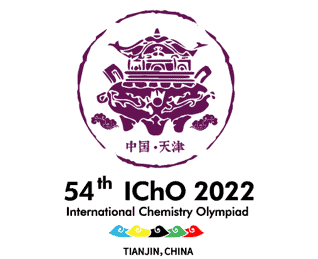
International Chemistry Olympiad (IChO) is an annual olympiad for high school students who excel in chemistry and is the third oldest ISO to date.
Problems within IChO touch upon several subjects within chemistry, mainly divided into Physical Chemistry, Organic Chemistry and Inorganic Chemistry. Students’ knowledge is tested at an extremely high level.
Format:
There are two rounds.
Theoretical Round
Experimental Round
Due to the recent pandemic, IChO 2020, 2021 and 2022 were organized without a laboratory exam.
4) International Olympiad in Informatics (IOI)

The International Olympiad in Informatics, or IOI, is an annual event that challenges secondary school students to test their skills in competitive programming. With many participating countries, it is one of the biggest science Olympiads, second only to the International Mathematical Olympiad.
Format:
The contest consists of six problems, each worth 100 points for a maximum of 600 points. It is held over two consecutive days, each day having 5 hours to solve three problems.
5) International Biology Olympiad (IBO)
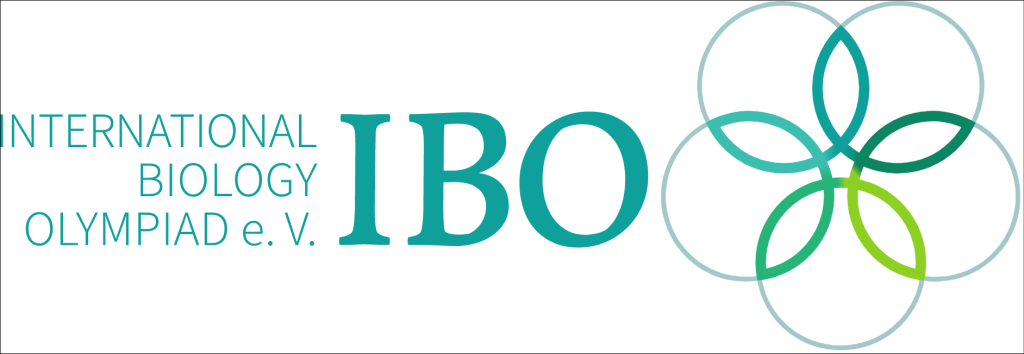
The International Biology Olympiad (IBO) is a biological olympiad for pre-university students under age 20. It is one of the most well-known International Science Olympiads.
Format:
During IBO, students have to participate in:
1) Theoretical
The Theoretical Exams encompass ca. 100 tasks in largely closed-ended format (e.g., multiple true-false).
These tasks cover all domains of biology and require students to apply their scientific knowledge in analyzing advanced biological phenomena.
2) Practical Exams
The Practicals typically fall into 3-4 laboratories.
The content domains for each Practical are announced ca. 6-12 months before an IBO.
In the lab, students showcase physical skills by conducting investigations and analyzing data.
6) International Philosophy Olympiad (IPO)
International Philosophy Olympiad (IPO) is an international philosophy essay writing competition involving more than 50 countries.
Each country can send two contestants to the IPO chosen through national competitions that FISP-appointed organizations host.
7) International Astronomy Olympiad (IAO)

IAO is the International Astronomy Olympiad. The competing part of IAO consists of three rounds: theoretical, observational, and practical. The academic round involves classical problems in branches of astronomy, astrophysics, space and planetary physics, and maybe hypothetical situations.
For Malaysian students who want to represent Malaysia, you must go through Selection for IAO through the GALAXY EXPLORER COMPETITION 2023.
The observational round involves:
Recognizing stars and constellations.
Estimating star magnitude and angular distance.
Working with telescopes or other observational techniques.
The practical band consists of problems based on data results of observations; solutions propose an analysis of these data.
8) International Geography Olympiad (iGeo)
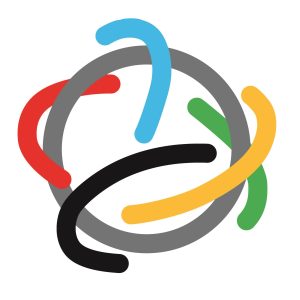
The International Geography Olympiad (iGeo) is an annual worldwide competition for 16- to 19-year-old geography students.
Format:
The iGeo consists of three parts: a written test, a multimedia test and a substantial fieldwork exercise requiring observation, leading to cartographic representation and geographical analysis
9) International Linguistics Olympiad (IOL)
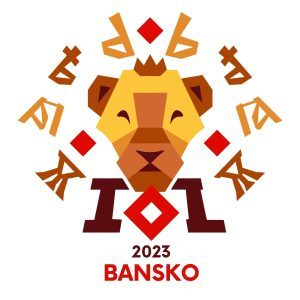
International Linguistics Olympiad (IOL) tests computational linguistics, which participants can usually solve by recognizing patterns. Linguistics knowledge is optional but is very helpful in solving problems.
There are usually one to two math-related problems each year, for example, mapping Arabic numbers to numbers in their language. Proficiency in Mathematics (such as knowing how numbers can change base) will help solve these problems.
For Malaysian students who want to represent Malaysia, you must go through Selection for IOL through the LANGUAGE EXPLORER COMPETITION 2023.
Format:
- This Olympiad differs from most other Olympiads. There are individual and team contests. Each country sends up to two groups of four (Malaysia has been sending two teams until now). Each participant will participate in both individual and team contests. Medals are given separately for individual and team awards.
- The individual contest consists of five problems to be solved in six hours, bearing 20 points each for 100 points.
- The team contest consists of one big problem to be solved in three to four hours. Team members are assigned a room each, and they can communicate.
10) International Junior Science Olympiad (IJSO)

The International Junior Science Olympiad is a general science competition. Therefore, the IJSO syllabus is not strictly divided into the disciplines of biology, chemistry and physics but intends to highlight basic general concepts in science.
This conceptual approach is also meant to encourage the development of problems of interdisciplinary content and relevance.
For Malaysian students who want to represent Malaysia, you must go through Selection for IJSO through the Kancil Science Competition.
Examination Details:
- IJSO consists of 3 papers: MCQ, theory and practical. Each piece is 4 hours long and will be held on separate days.
- The MCQ paper contains 30 questions, awarding students a maximum of 30 marks. One mark is awarded for each correct answer, no marks are awarded when no explanation is provided, and 0.25 marks will be deducted for every wrong answer.
- The Theory paper contains five questions, and every question consists of 3 parts. The maximum number of marks awarded is 30.
- The Practical paper of the competition holds a maximum of 40 marks, given over three tasks. During the match, teams for the Practical report will consist of three students from the same country, with each country typically having two sections. Participants will only be able to choose their team after the competition, as teams will be assigned during the match.
11) International Earth Science Olympiad (IESO)
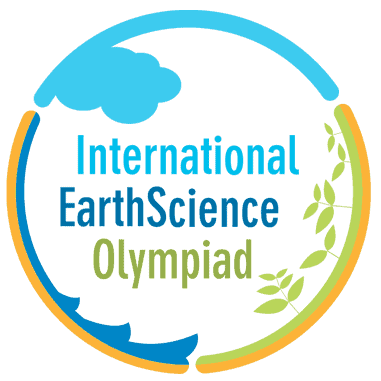
The International Earth Science Olympiad (IESO), one of the fourteen International Science Olympiads, is an annual competition for secondary school students that tests their abilities in geology, meteorology, environmental science, and terrestrial astronomy.
The IESO is one of the only three International Science Olympiads (along with the International Linguistics Olympiad and International Olympiad on Astronomy and Astrophysics) to include an International Team Competition.
For Malaysian students who want to represent Malaysia, you must go through Selection for IESO through the EARTH EXPLORER COMPETITION 2023.
Format:
The competition for each participant consists of theoretical and practical examinations and fieldwork tests. Besides that, an International Team Field Investigation (ITFI) will be arranged. Each team will consist of some students from different countries. Participants should work together during experimental and field tasks and will be graded together as a group.
12) International Olympiad on Astronomy and Astrophysics (IOAA)

The International Olympiad on Astronomy and Astrophysics (IOAA) is an annual event for highly performed high school students worldwide to increase Astronomy among high school students and foster friendship among young astronomers at the international level to build cooperation in the field of Astronomy in the future among the young scholars.
Format:
There are three rounds.
Theoretical round
Observational round (night sky and planetarium)
Data Analysis round
There is an additional team competition which results doesn’t affect individual results.
13) International History Olympiad (IHO)

The International History Olympiad is a competition for top history students worldwide.
Attending the International History Olympiad in person is open to qualified students aged 10-19. Students compete in four different age ranges: Varsity, Junior Varsity, Middle School, and Elementary, as is the case at other IAC events.
14) International Economics Olympiad (IEO)

IEO is an annual individual and team competition in Economics for students in secondary school aged 13 to 18 years old.
IEO has been established to recognize the significance of Economics in the general education of young people and all aspects of their lives. It is a purely educational event.
Format:
Financial Literacy – Online simulation game where participants need to create personal financial plans
Economics – A blend of open and multiple-choice questions on the theory and practice of Economics
Business case – Presentation of case solutions before a panel of judges (in English)
For Malaysian students who want to represent Malaysia, you must go through Selection for IEO through the Kijang Economics Competition.



